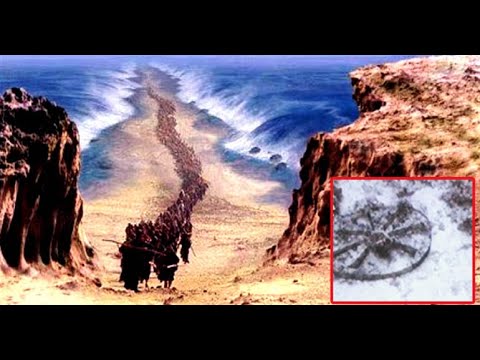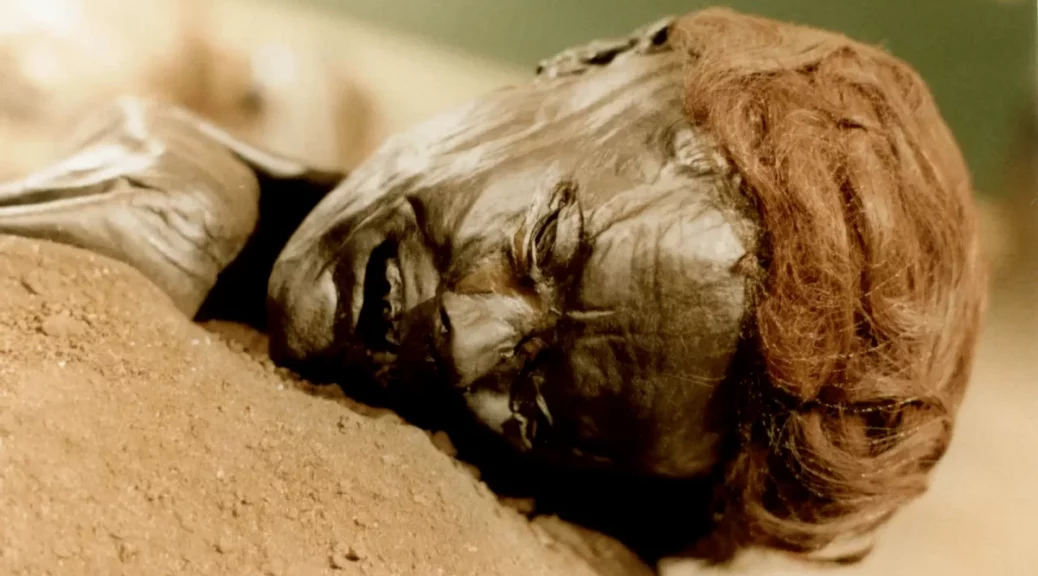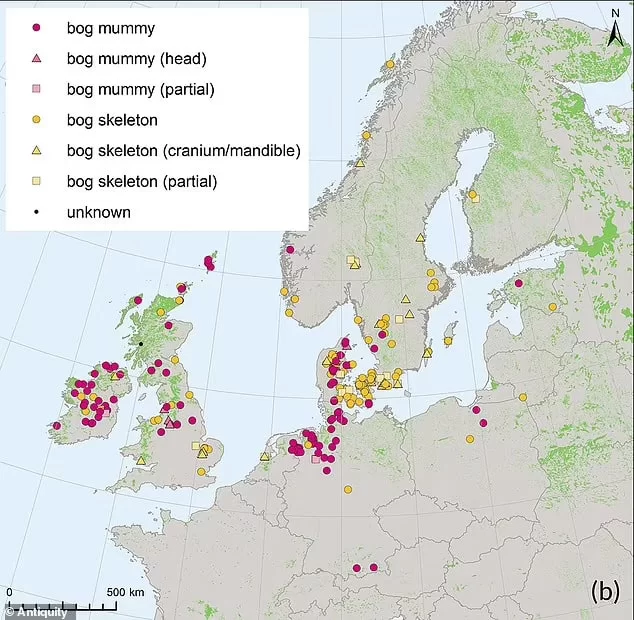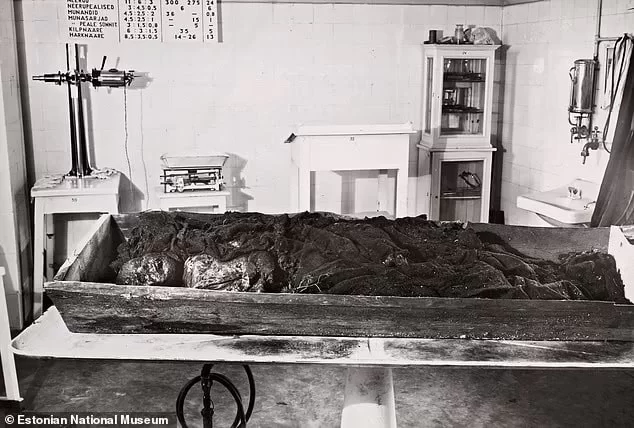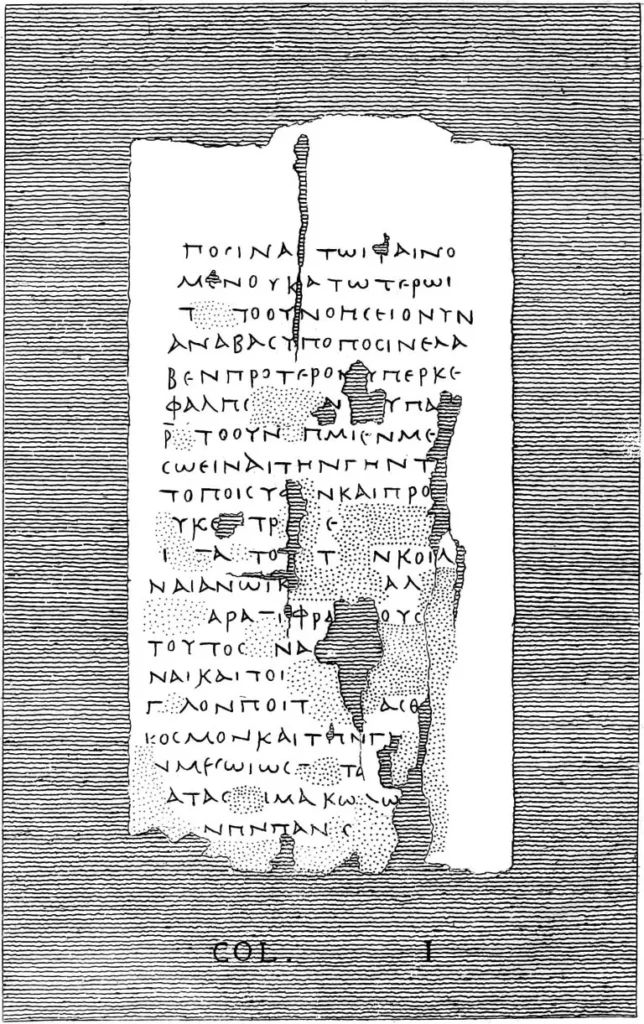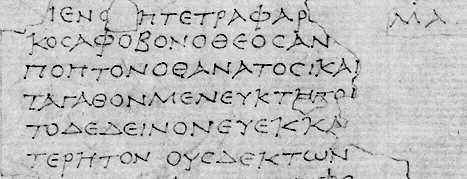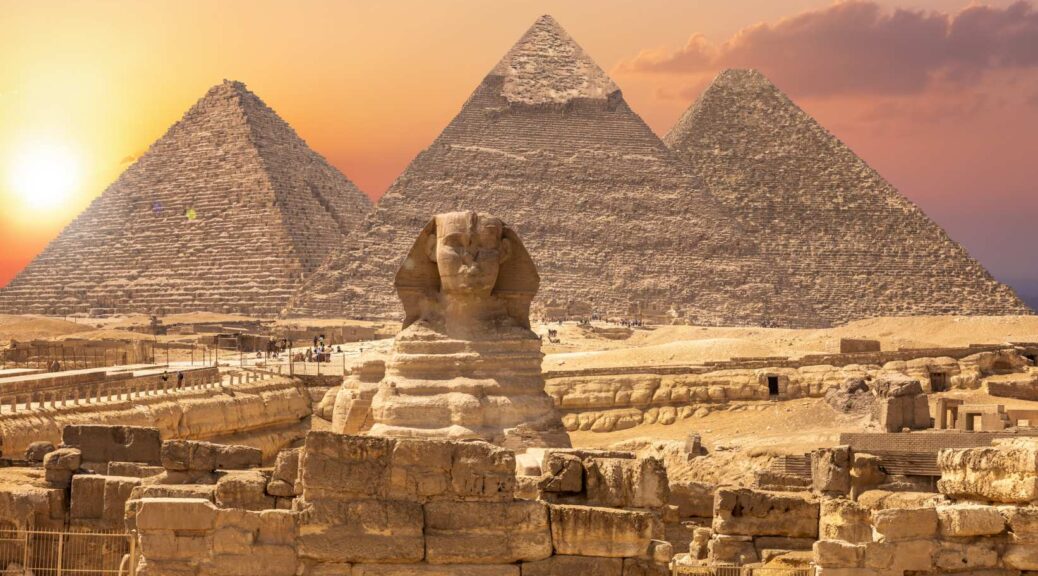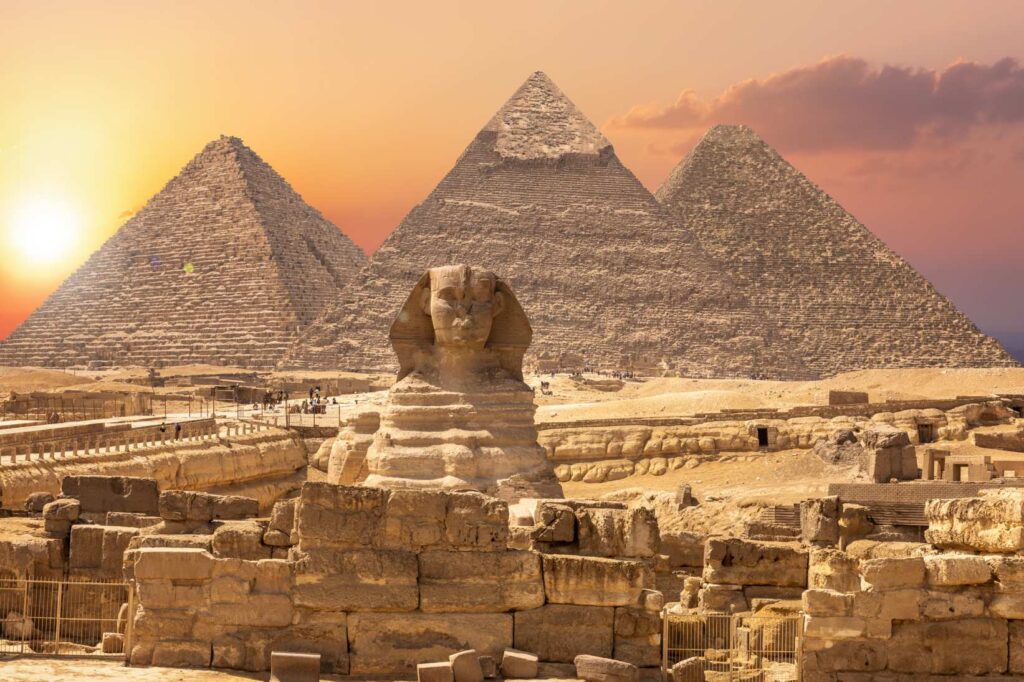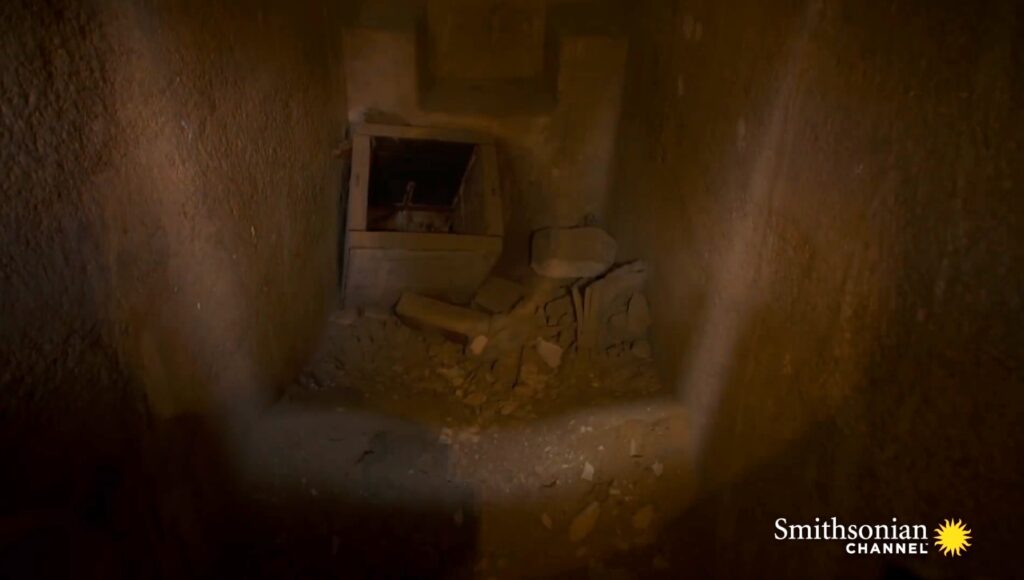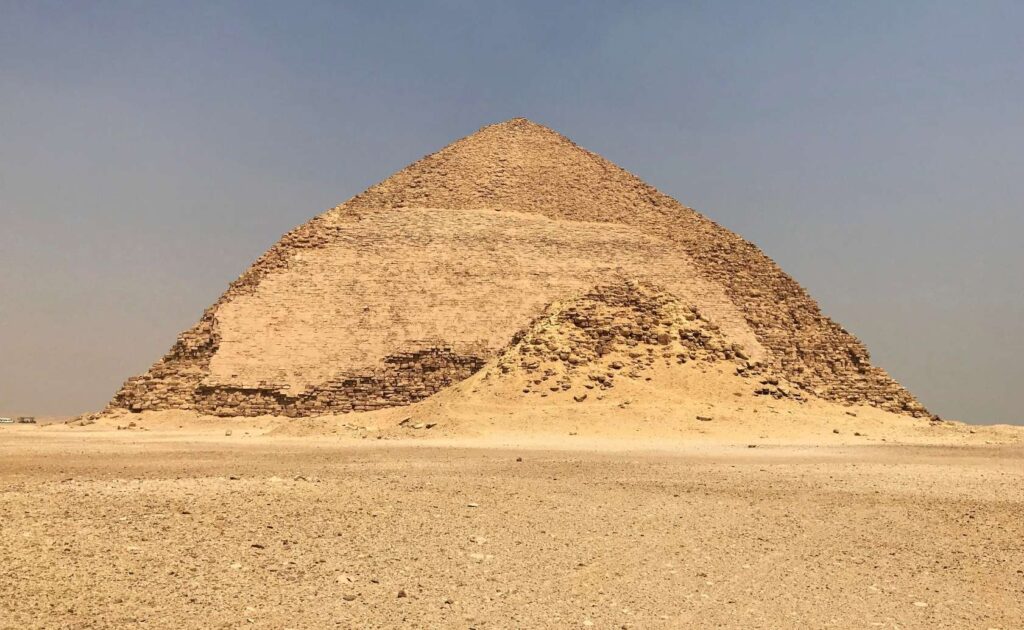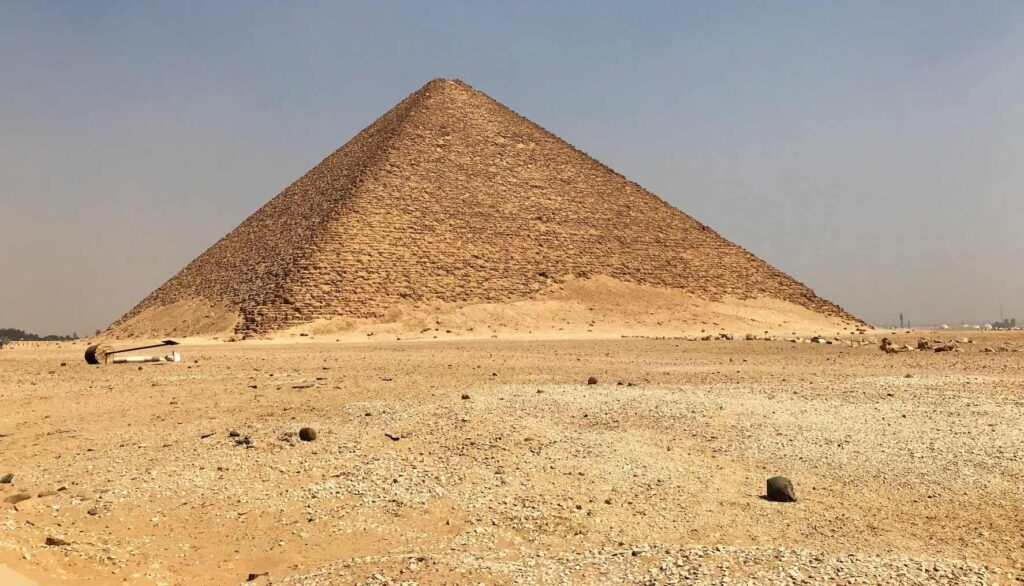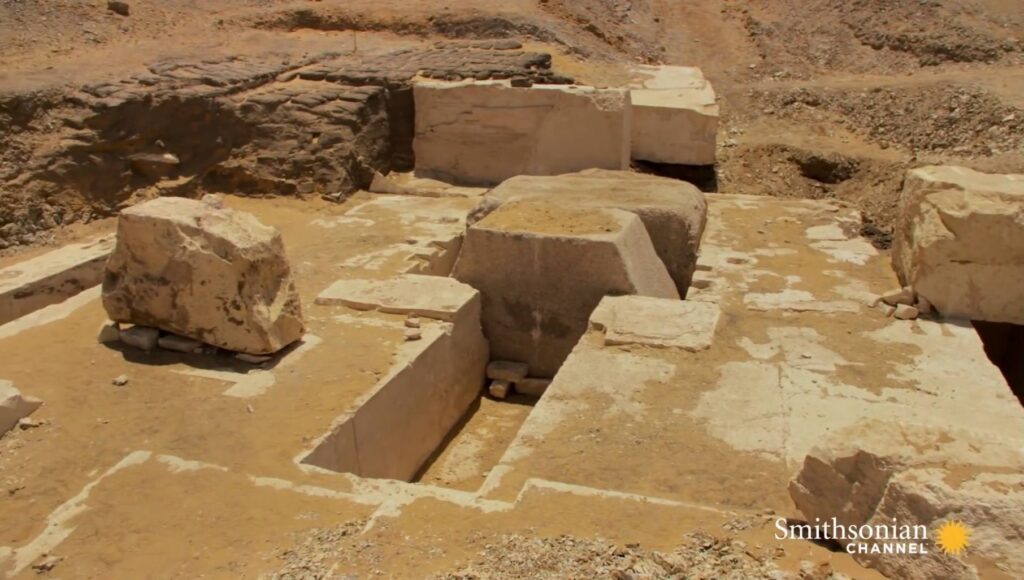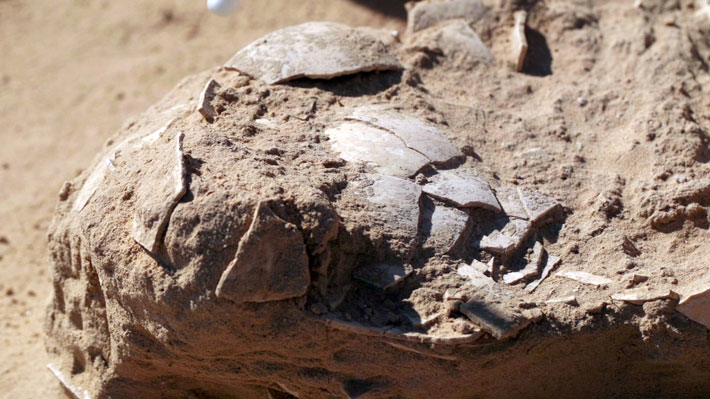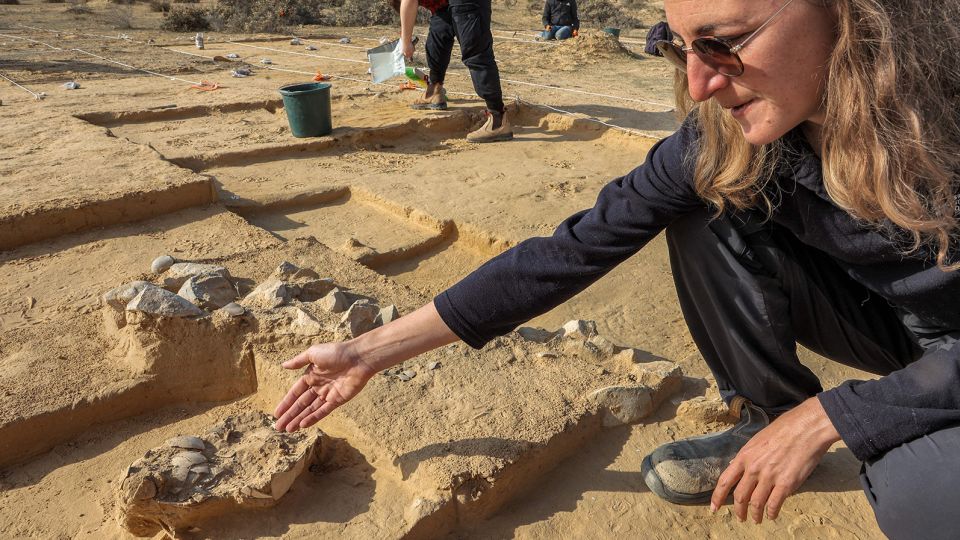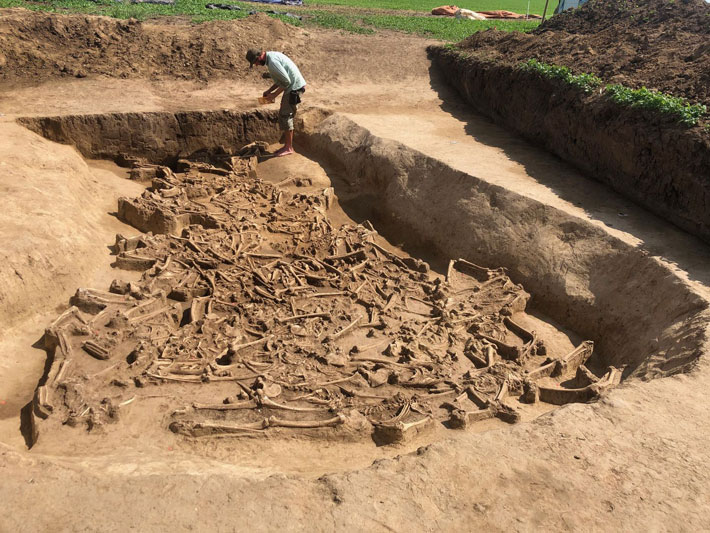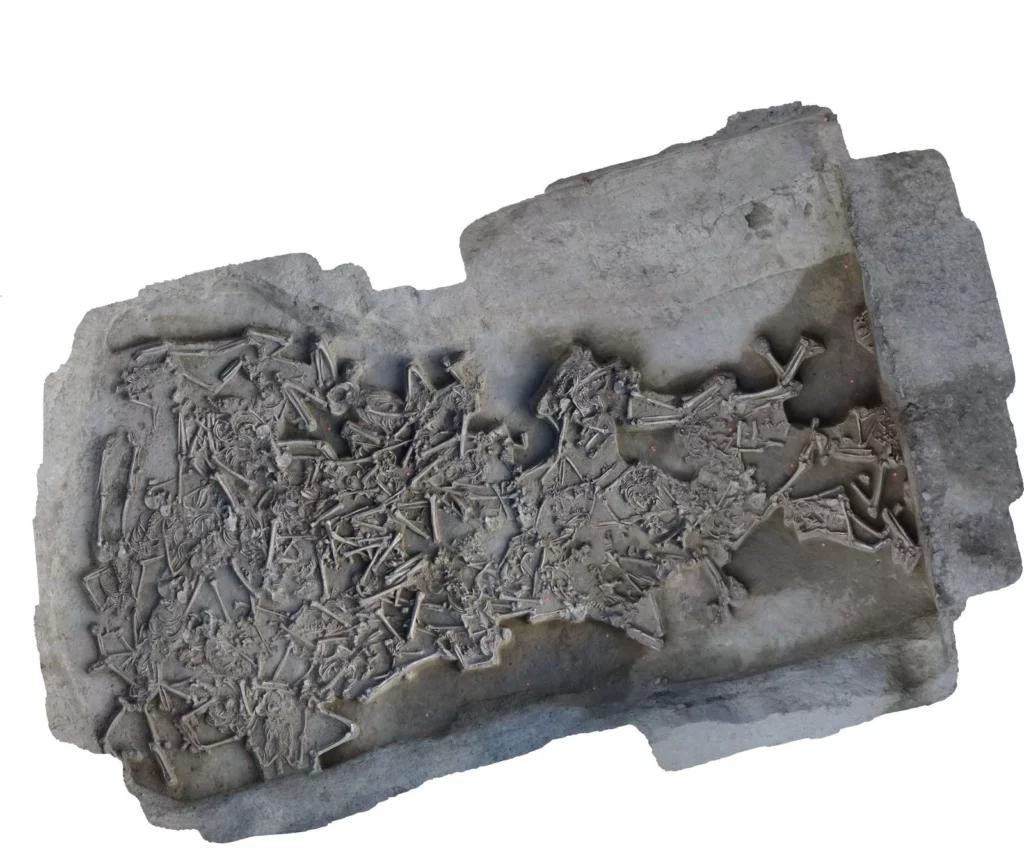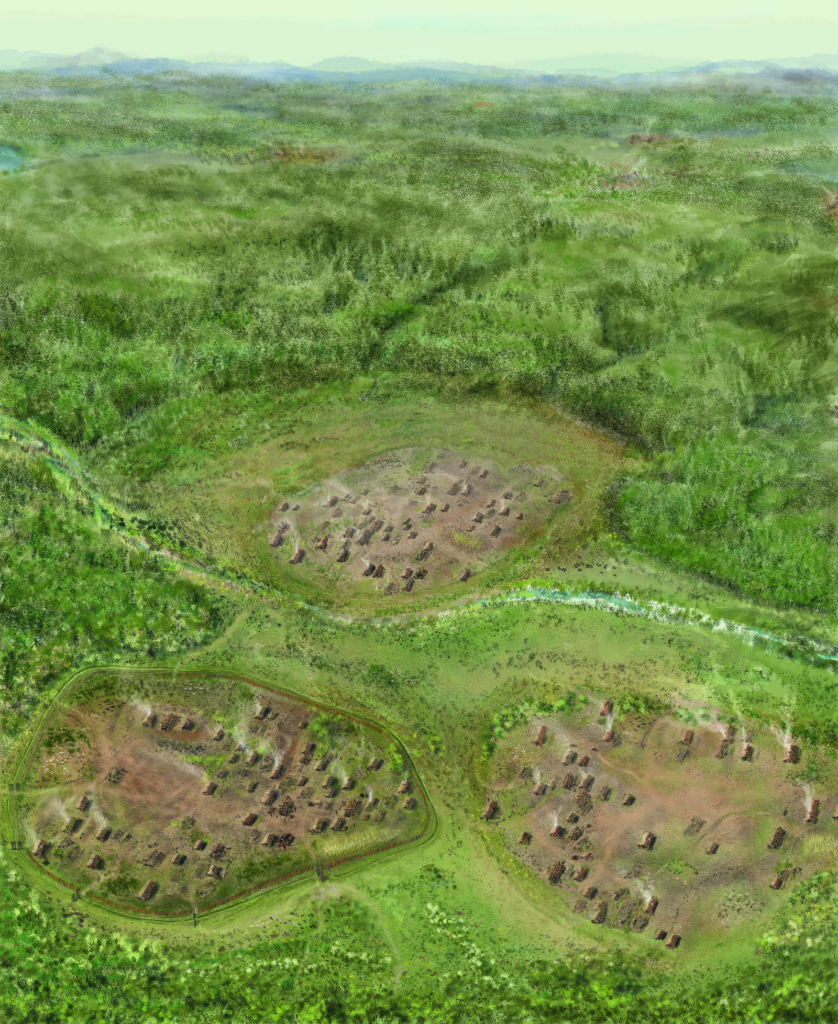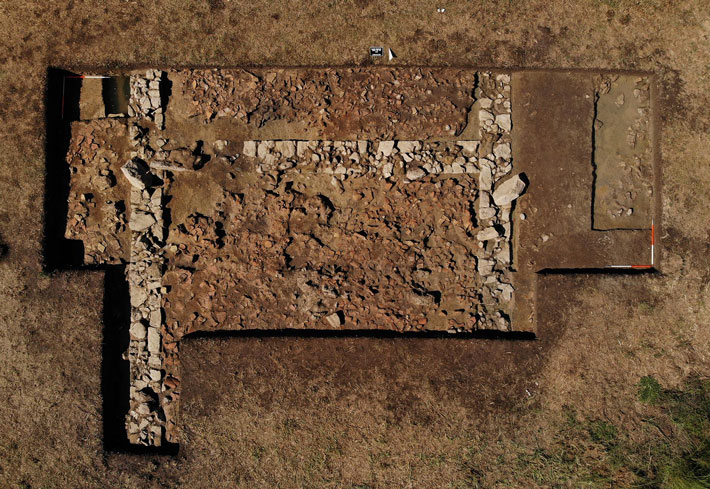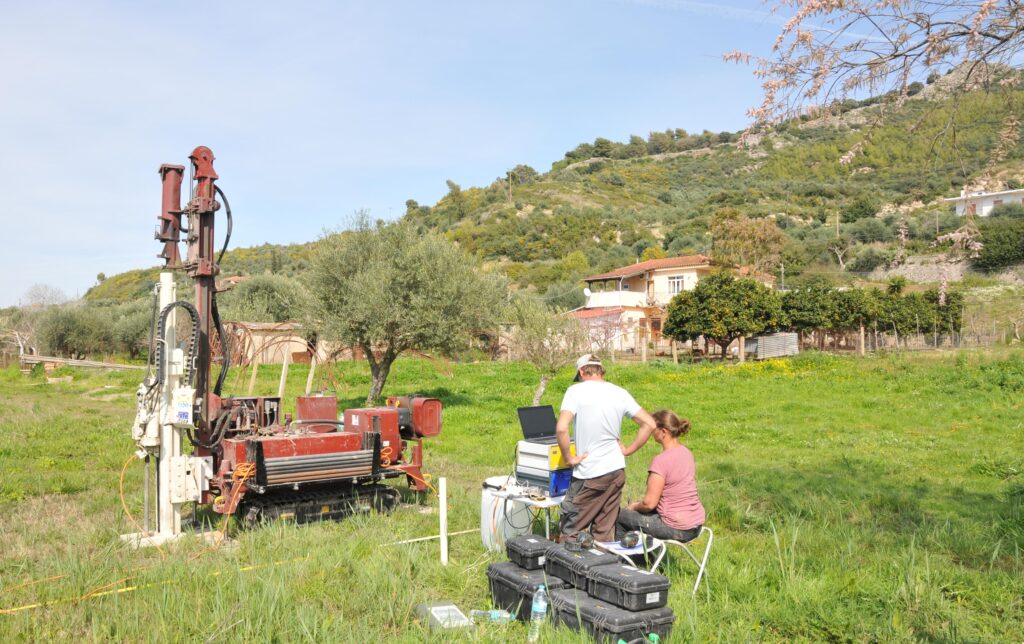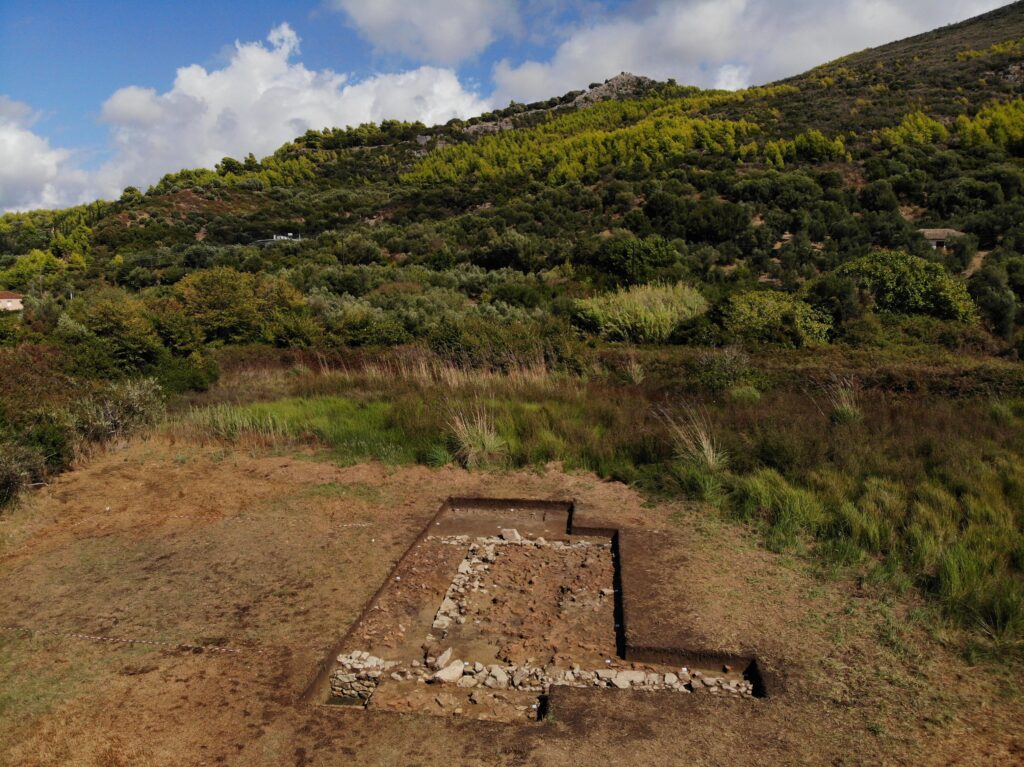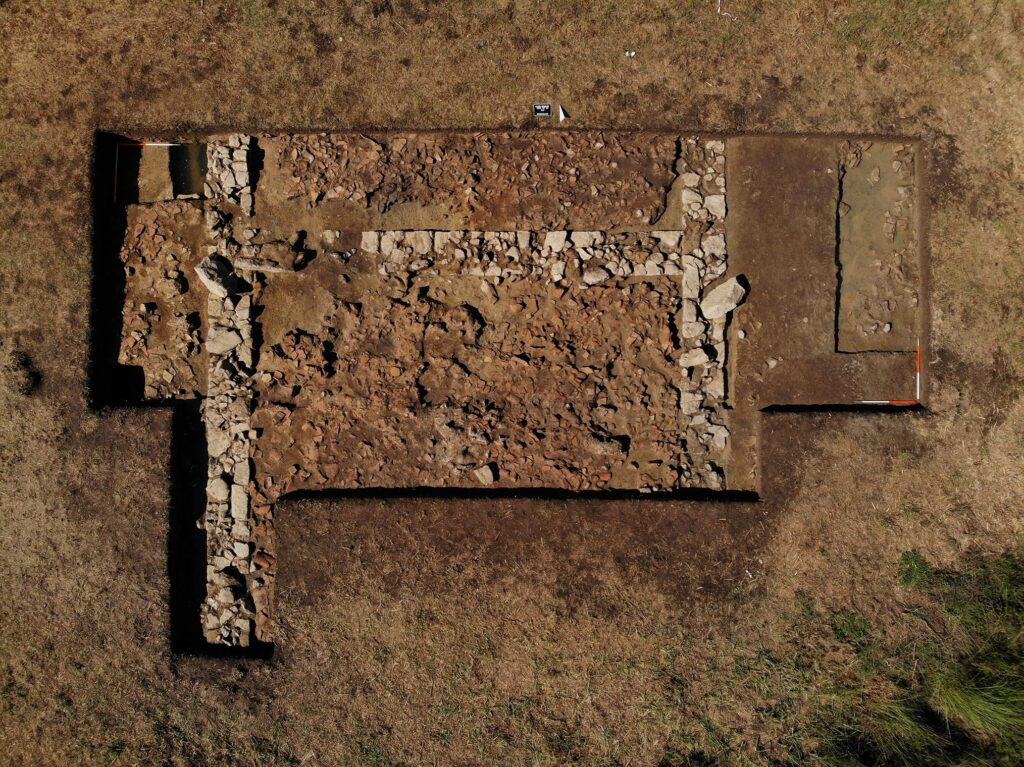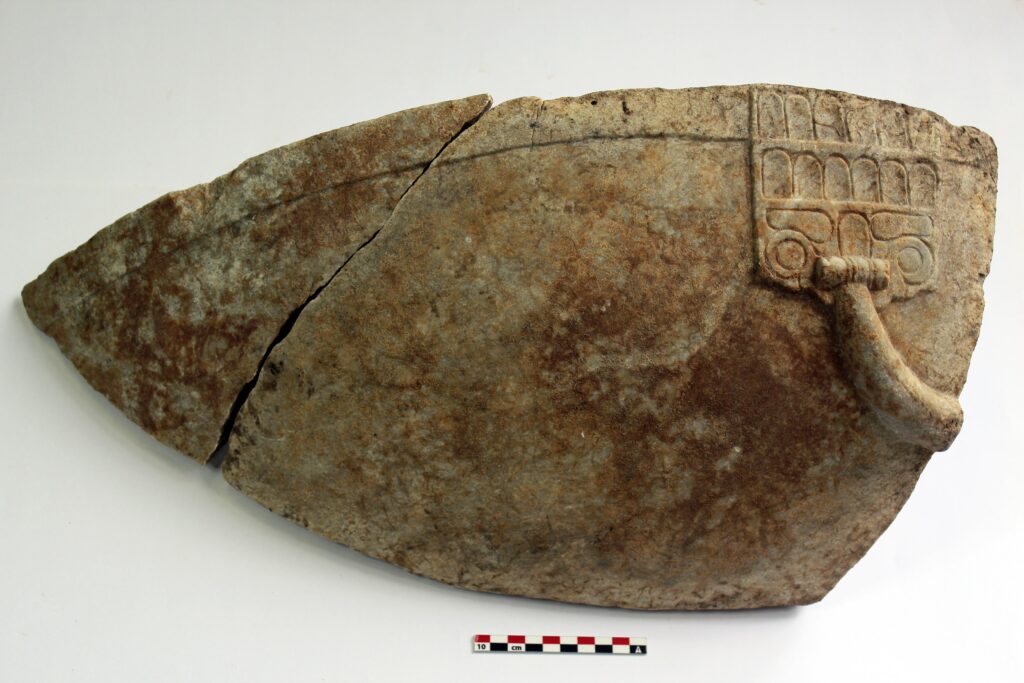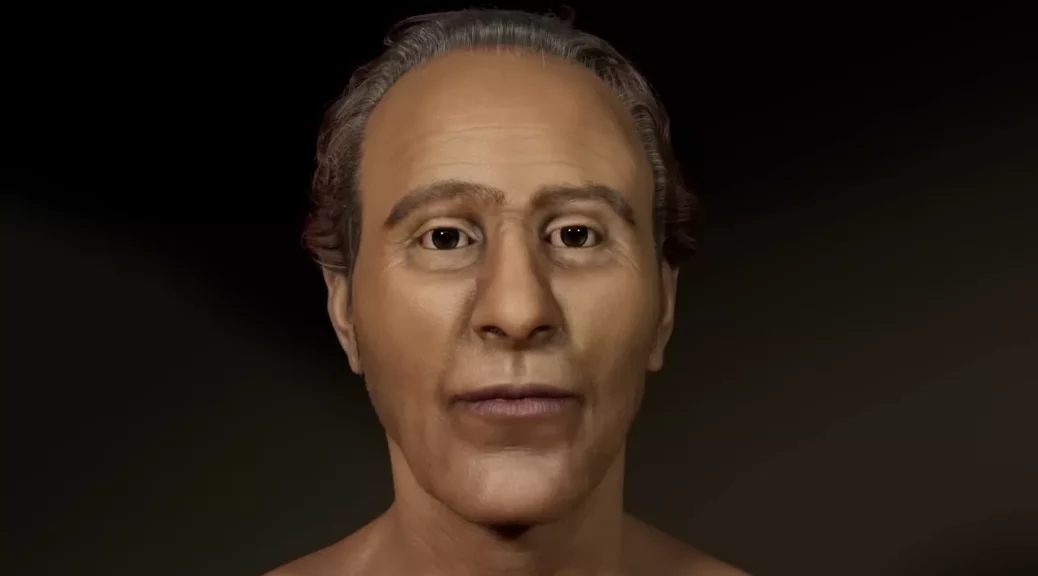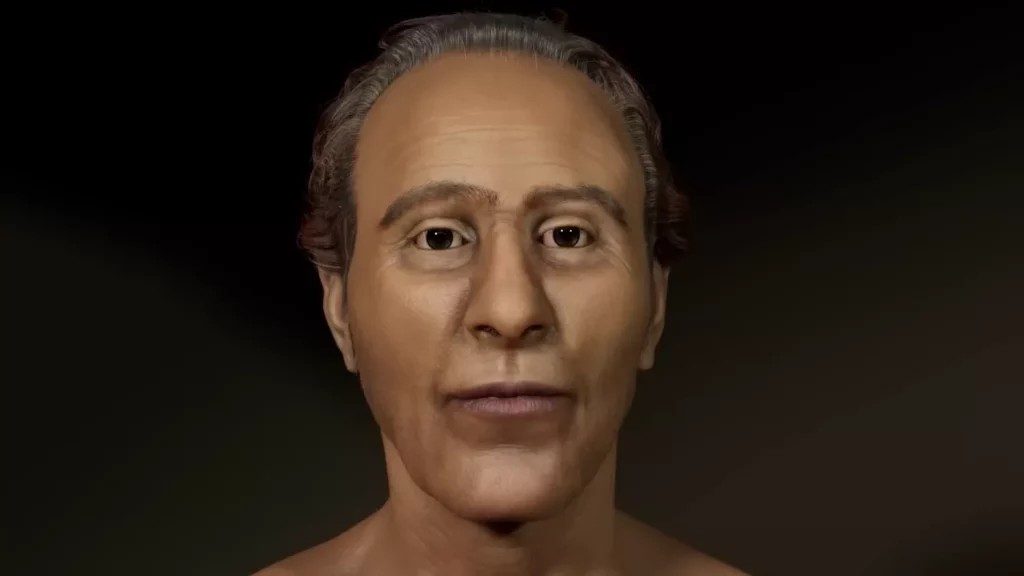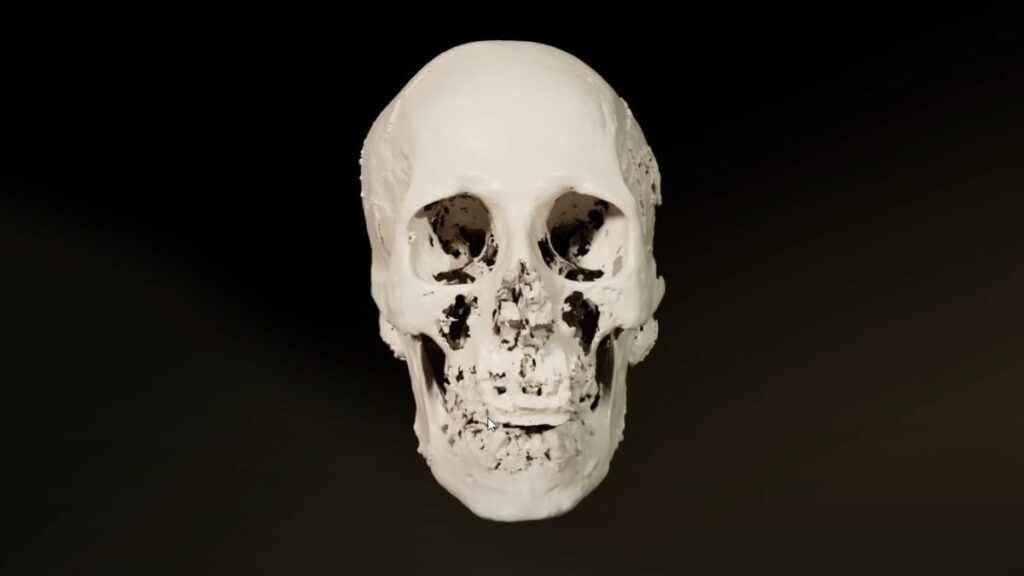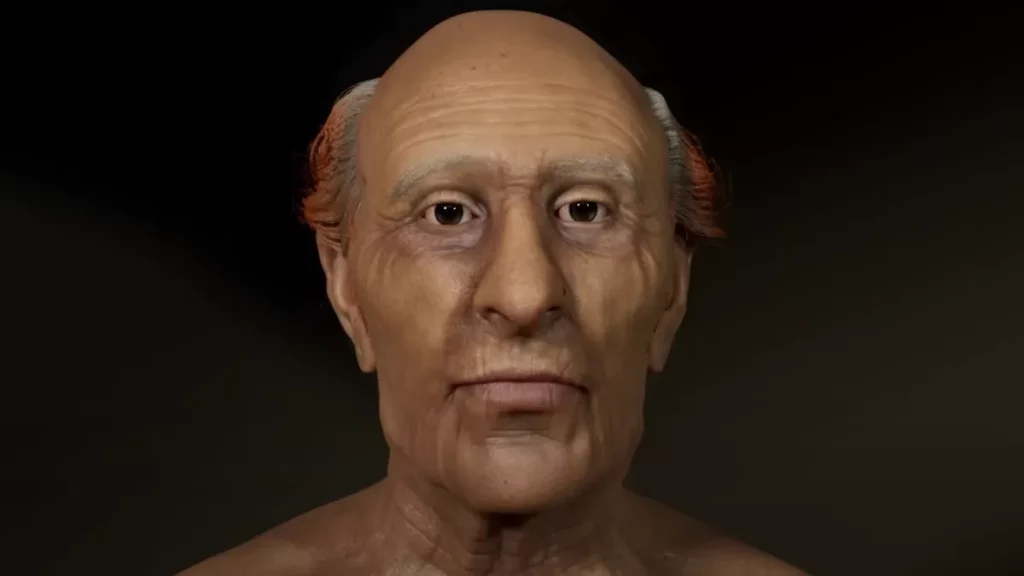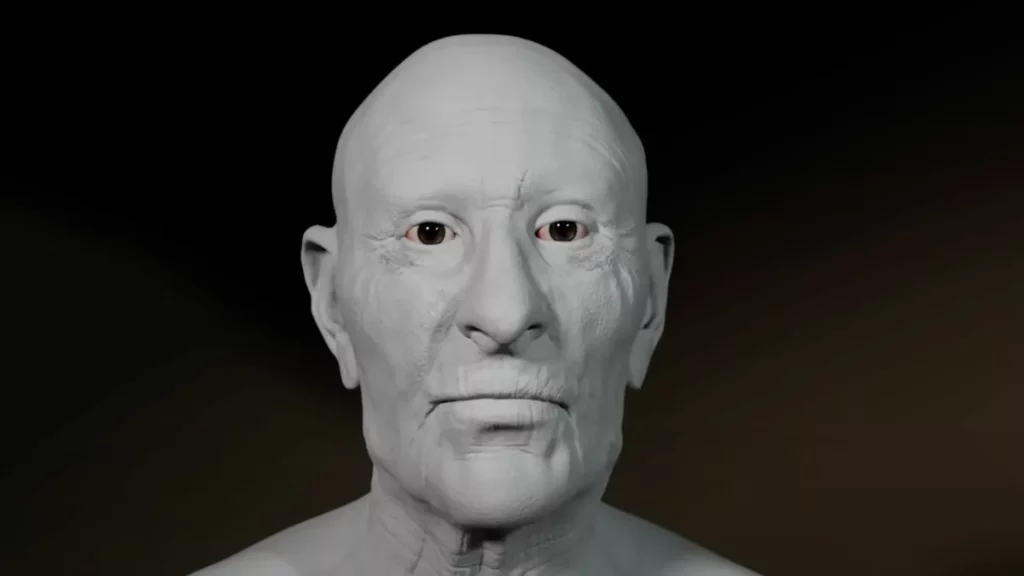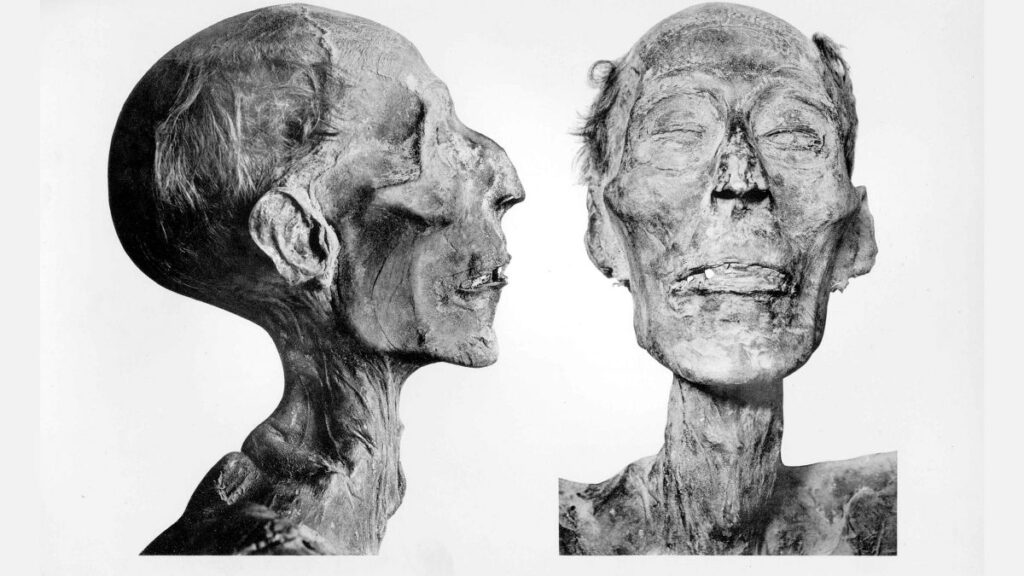Moses DID part Red Sea – shock ‘proof’ revealed by scientists
According to the stories of Exodus, Leviticus, Number, and Deuteronomy in the Bible, Moses led the Israelites out of Egypt after God cursed the country with the ten plagues. Moses’ biblical exodus saw him save the Israelites and lead them to Mount Sinai, where he received the Ten Commandments.
But proof of the exodus and Moses’ miracle has never been proved despite theologists and archaeologists desperately searching for proof of the Red Sea parting – until now.
Professors at the University of Arizona claim they have found the exact location of the Exodus using revolutionary technology.
Using hi-resolution, radiocarbon dating – a method for determining the age of an object containing organic material, by using the properties of radiocarbon – the team claims it can pinpoint where the miracle took place.
The scientists believe the Thera volcanic eruption on the island of Santorini – which archaeologists believe happened in the 16th Century BC – actually took place around a century earlier.
The new findings were backed up after experts performed carbon testing on an olive branch which was found beneath a lava flow, Breaking News Israel reports.
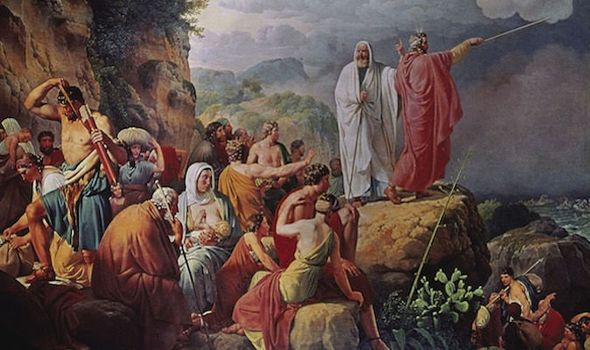

The evidence suggests the eruption coincided with the date theologists believe Exodus took place.
It would confirm Egyptologist Hans Goedicke’s theory that a number of events that occurred during the Egypt Exodus could be explained by the Mount Thera eruption.

Mr Goedicke’s theory suggested the parting of the Red Sea – and its crashing down on the Egyptian army – could actually have been a tsunami caused by the Thera eruption.
But Dr Charlotte Pearson, was reluctant to say if the University’s findings could confirm the Exodus’ exact date.
Speaking to the Times of Israel, Dr Pearson said: “All I can say is that continued work to improve chronological frameworks is essential for the study of past civilisations.
“No definitive calibrated radiocarbon range or the Thera eruption is currently possible, but the altered position of the 14C plateau indicates that improved calibration has much to offer chronological synchronisation of human and environmental timelines in this period.”
